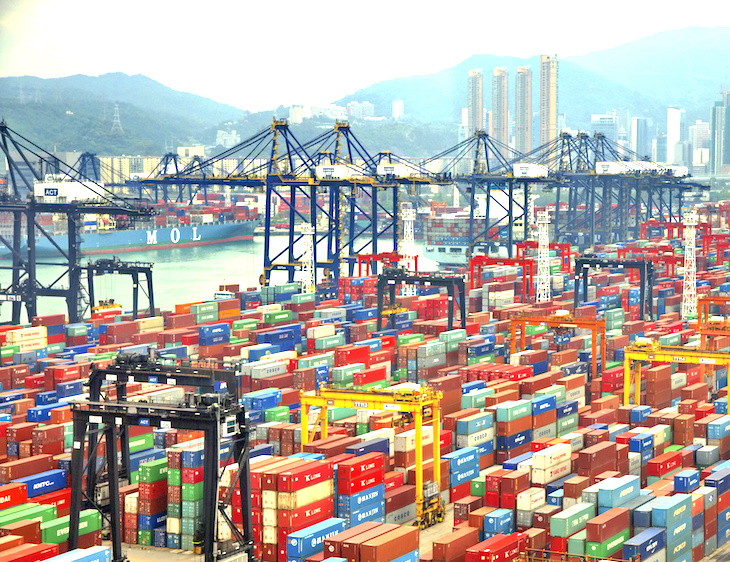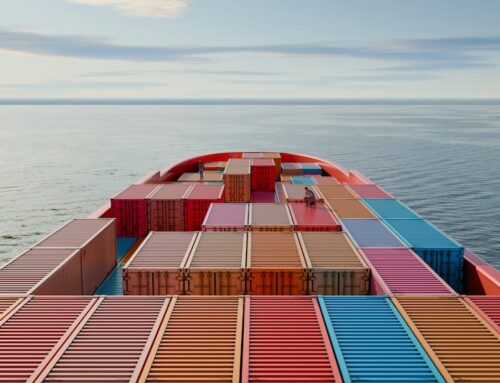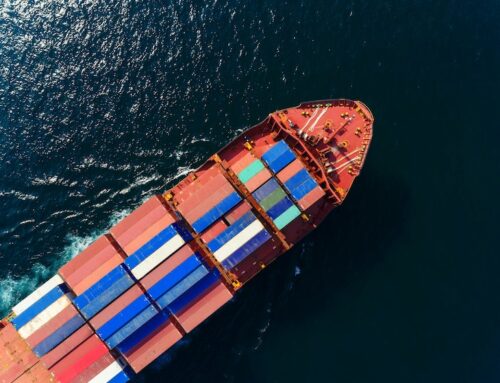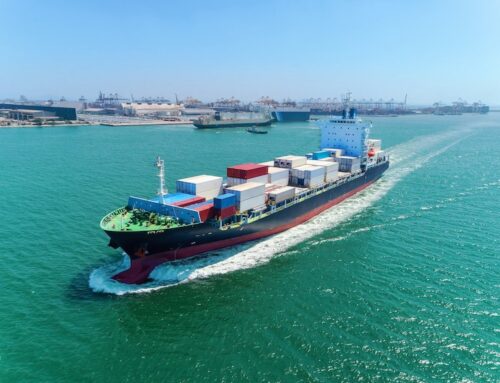There was the usual demand for space for both Sea and Air from Asia in the approach to Chinese New Year. Whilst space was tight, the increased capacity in the market helped absorb the increased seasonal demand.
Sea Freight
- The shipping industry in Q1 saw rates spike ahead of Chinese New Year and then drop off as usual while the factories remained closed. The carriers however removed a substantial amount of capacity to counter the seasonal drop in demand. The pick up has been prolonged and as such the carriers have continued, and will continue into April, to run with a reduced capacity as demand from Asia slowly gathers pace.
- The global sulphur fuel cap commencing January 2020 continued to make an impact with shipping lines announcing separate the bunker (fuel) element of the freight rate from the freight cost in 2019 with quarterly reviews based on the tracked fuel cost. This is in readiness for compliance with IMO 2020. As yet we still do not have specifics as to what the increased cost will be for 2020 but they are suggested to be significant.
- The lull in exports from Asia was not just the result of Chinese New Year but was also associated with geopolitical issues. The US-China tariffs that were expected to come into force at the start of the year prompted significant front-loading of imports on trans-Pacific eastbound routes. However, these tariffs were subsequently delayed until March and then, extended again, potentially paving the road for a last-minute restocking of an already well supplied US market.
- In Europe the unease from Brexit and the possibility of a ‘no deal’ continued to create uncertainty. There are questions around the possibility of tariffs on goods being implemented, reduced or increased, and many UK-based importers are stockpiling ahead of a potential No Deal Brexit.
Air Freight
- Air freight rates in February are thought to have fallen to their lowest point in perhaps 18 months. Driven by a big Chinese new year dip and the previous temporary surge at the end of Q4 with inventory that was supposed to go by ship, being transported by Air to beat the January 2019 US-China tariff deadline.
- Exchange rates falling, as a result of Brexit uncertainty, are offsetting the present low market rates.
Looking Ahead
The general economic outlook globally is not as positive as it has been. Further low demand growth is expected this year on the key Asia-North Europe trade, forcing container lines to adopt a creative approach to capacity management for their big ships.
The market is now just nine months away from the implementation of the IMO’s new regulation that will see the sulfur content in marine fuel drop from 3.5% to 0.5% and the knock-on effect on fuel prices and associated freight rates. All shipping lines will be preparing for the change in sulphur regulations. At PFE we are acutely aware of the need for cost certainty and will endeavour to keep you informed of any further industry announcements as and when information becomes available.
The Air freight market is expected grow in 2019, albeit with a lower growth yield than 2018. With the price of oil expected to fall as the year progresses, this should continue to strengthen the air freight market.
As the Brexit picture comes into focus we will work with our customers to ensure any impact is minimised and clearly communicated as well as facilitating our customers to comply with the new regulations that will be required.
PFE we remain absolutely committed to providing the best levels of service to ensure your goods move as planned, be it via any mode of transport, from the many geographic locations we work directly within.








